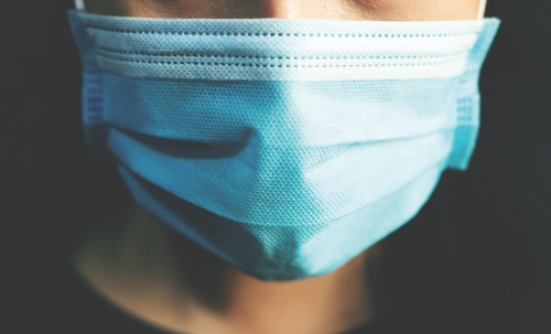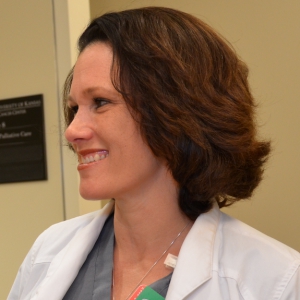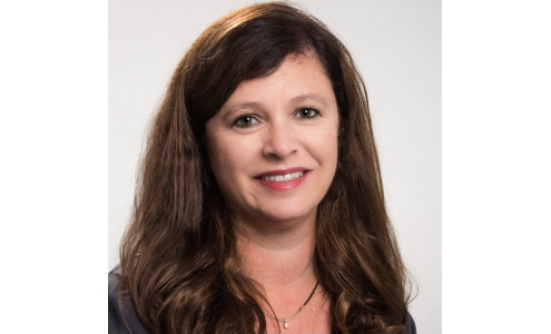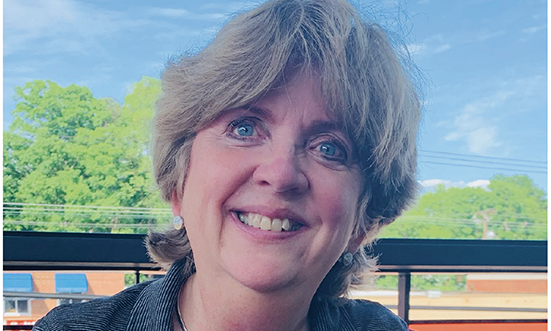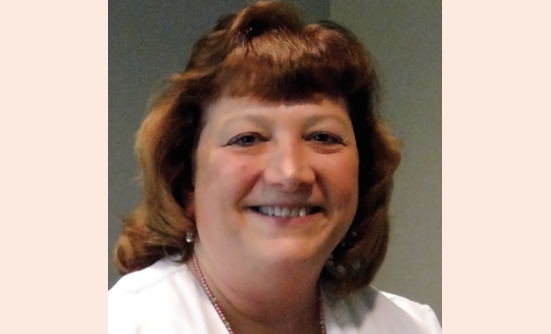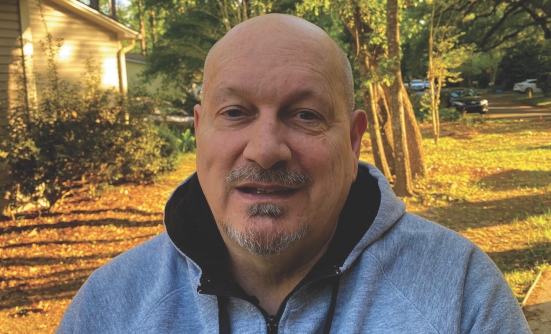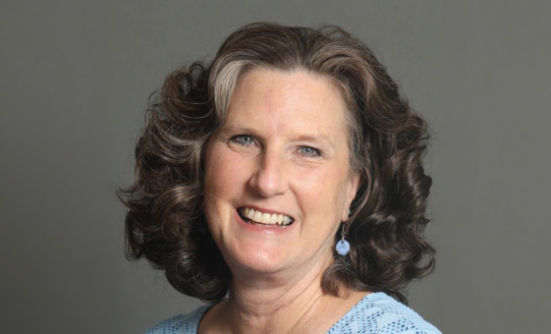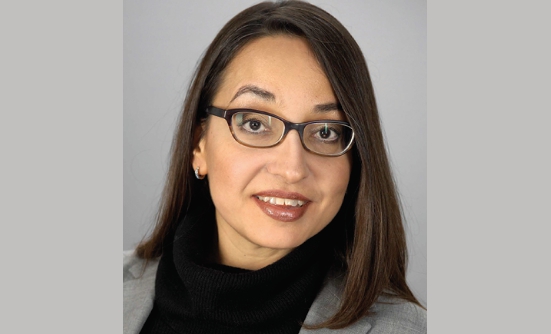
I have been attempting to write this article since the beginning of 2022, when a glimmer of normalcy was around the corner, with the COVID-19 numbers decreasing, but then in a blink of an eye, the numbers shot back up.
Facial Expressions
As a palliative care nurse, I can assess my patients and their family members’ emotional pain by their facial expressions, as well as by the patients’ physical ailments. The tight pursed lips may tell me they have something to say, but are biting their tongue instead. The frown lines and the quiver of their chin express sadness and worry.
Their clinch of the jaw and the grind of the teeth show me they have anxiety, pain, and/or discomfort. A smile on their face lets me know they are happy and/or satisfied with our discussion and plan. The pursed lip breathing and the nasal flaring are signs of breathing difficulties and/or anxiety.
Non-Verbal Cues
But COVID-19 and the wearing of masks make the job of the medical team a little more challenging. All these signs are nonverbal cues that help us to assess you and your family members, but the masks hide them.
Patients and families, I have found myself asking you more questions when we are face to face, because I cannot see your non-verbal cues. I did not realize how much I relied on your chin quivers and your clinched jawline to prompt me to ask, “Did I say something to upset you?” “I see that you are upset; tell me more what you are feeling right now.”
Now, without seeing those visual non-verbal cues, I need to rely on other non-verbal cues, such as a slower response to a question, a statement, a head nod down, or a look away into the distance. Those responses are not as easy to spot, though.
This has prompted me to make sure that I am asking you more questions on how we can help you feel better physically and mentally, allowing you more time to ask questions, and most important, respond to them.
Telehealth Impact
The first day of telehealth we saw a lot of “sides of the foreheads” and “up-close nostrils.” We were constantly asking patients and their family members to step back from the camera and move to the middle of the screen, place the phone in a stable position, and oh, can you put on a shirt and turn on a light?
If you have any type of motion sickness and the person on the other end of the screen is moving the device during the entire telehealth visit, you may need some anti-nausea medication after that! We were struggling on both sides.
As the nurse, I felt I had to scream, as if the patient or the family members could not hear me, or talk slower, as if they didn’t understand. If you were not “technologically savvy,” this was a huge struggle.
The younger population did well, unless you struggled with technology. The “wiser” (elderly) population struggled, but then they learned rather quickly, “Hey this is nice, I don’t have to get out of my pajamas to come to my doctor.” All generations had some struggles, but for the most part, we made it work, and are still making it work.
Then you have the clinicians working from home—with their entire family present, because a lot of people were working from home, and no one was in school. Cats would jump on the keyboard, dogs would bark to be let outside, babies would cry to be fed, and once in a while you would see a kid run across the background—and this was all on the clinician side of the screen.
We made sure our background was presentable from home, no underwear was hanging around, clutter was cleaned up, and we were professionally dressed from the waist up! Pearls, earrings, cardigans, makeup, curls in hair, suit and tie and a dress shirt, and then, yep, sweats and slippers on the bottom half.
Normalizing Telehealth
We have all come a long way; have makeshift offices at home, and with our kids now back to school, we offer less comical interactions for our patients and families to experience. But slippers and sweats are still a reality.
COVID-19 has allowed telehealth visits with a clinician to become a household name. It has been the only positive aspect of COVID-19 that I have come to discover—the only thing!
I have learned how to evaluate shortness of air, fevers, weakness, wounds, depression, grieving, anxiety, and confusion, all via telehealth. These skills have not come without some laughs from the clinicians, the patients, and their families.
The Comfort of Home
It has been a real pleasure being able to see patients in their own homes. Meeting their pets, seeing them in their real space. Patients can put on a pretty good face when they come in person for their appointments. They brush their hair, put makeup on, wear presentable clothing, and can muster up a smile most of the time.
The advantage of telehealth is that the providers can see the patients in their real environment, without makeup, and without the mastered smile. During telehealth, patients are unable to cover up how they really feel by makeup and/or a cute outfit.
We have found that some patients are more open and honest about their situation when they are in their own comfortable habitat. In addition, no masks are worn by the clinical team or the patient, so the ability to read the patient’s and family’s facial cues is much easier, because a mask is not masking their emotions.





